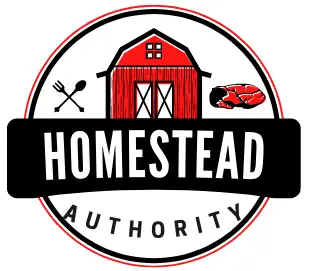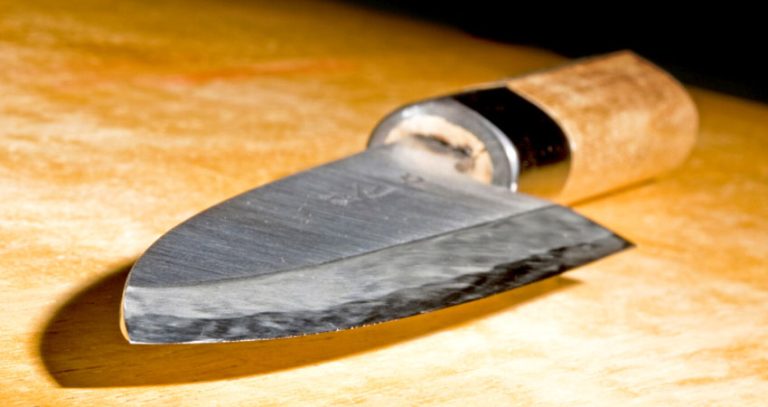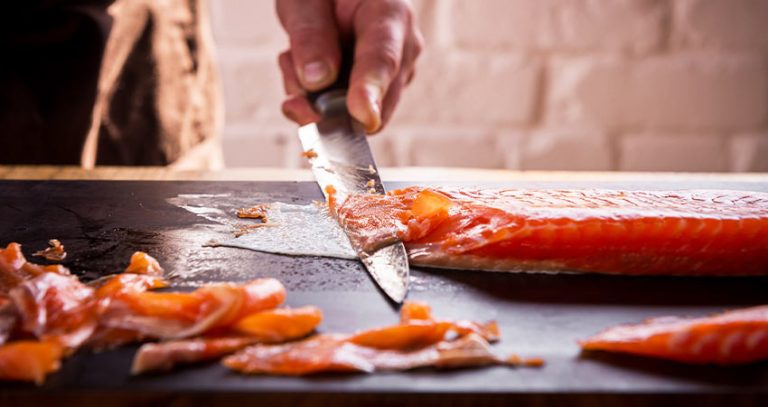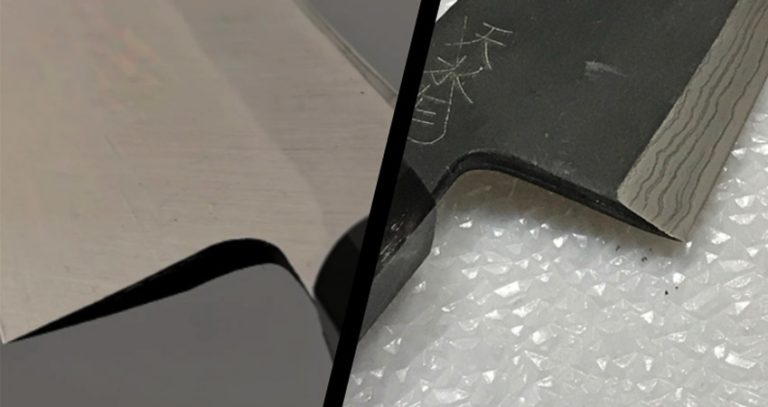Knife Safety Rules In The Kitchen – Tips To Reduce Hand Knife Injuries
A knife is perhaps the most essential kitchen tool because you can hardly prepare any type of dish without it.
Unfortunately, using this tool without following knife safety rules in the kitchen could lead to severe injuries.
But what are these kitchen safety rules? The truth is that there are many safety practices to observe when using a knife in the kitchen.
For example, you are advised against using a dull blade and cutting your food with the edge facing you. There is also a rule on how to carry the knife, especially when handing it to someone else.
But there’s more! So, keep reading to find out the different knife safety practices in the kitchen you could teach even your kids.
Knife Safety Rules In The Kitchen
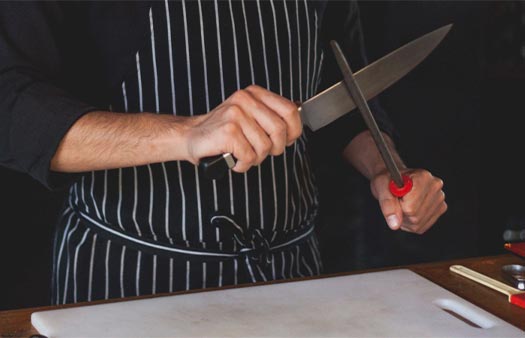
Accidents involving knives are pretty standard. Fortunately, it is possible to minimize them if you know what the different knife safety practices in the kitchen are.
So, what are these rules? Let’s find out.
Never Use A Dull Blade
A sharper knife is safer than a dull blade. You must apply more pressure with a dull knife when cutting your ingredients.
Due to using excessive force, the knife may slip, causing an injury.
Put The Knife Away After Use
Once you use your knife, don’t leave it lying around, especially in a sink full of dishes or soapy water.
You risk someone getting injured while trying to get something from the sink. Instead, clean the knife and put it away where others can see it.
Never Lick Food Off A Knife
Putting a knife in the mouth is dangerous, no matter how dull the blade is. You could end up hurting yourself by accident and ruin your food.
Ensure There Is Proper Lighting
You should never use your knife in poorly lit spaces. This is because you can easily miss the ingredients and cut your finger due to insufficient lighting.
Use The Knife For The Right Job
A knife is designed for preparing food only. If you use it for other tasks like opening cans, you will be putting your safety at risk.
So, try not to cut non-food items in the kitchen with your knife.
Keep The Knife Out Of Children’s Reach
If you live in a household with young kids, one crucial safety rule is keeping the knife out of their reach.
So, don’t leave the blade at the edge of the counter.
Never Attempt Grabbing The Knife Mid-Air
When your knife slips out of your hand, you just move away and let it fall. If you try to catch it out of panic, its sharp blade or tip may injure your hand.
Cut Away From Your Body
Whether making cuts, washing, or drying your knife, always point the blade away and not towards your body.
Keeping your body away helps minimize laceration to yourself and others. The fingertips should also be tucked away.
Carry A Knife With The Tip Facing The Floor
When carrying your knife around the kitchen, you should hold it pointed straight down.
The blade, however, should face your thigh, so you don’t injure others, especially in a busy commercial kitchen.
Pass The Knife With A Handle Only
If you want to hand someone a knife in the kitchen, present the handle first, not the blade.
You should hold the blunt side of the edge while ensuring it does not point towards your body or that of the other person.
Below is a video of basic knife safety rules in the kitchen, especially for beginners:
Any Additional Knife Safety Rules In The Kitchen To Remember?
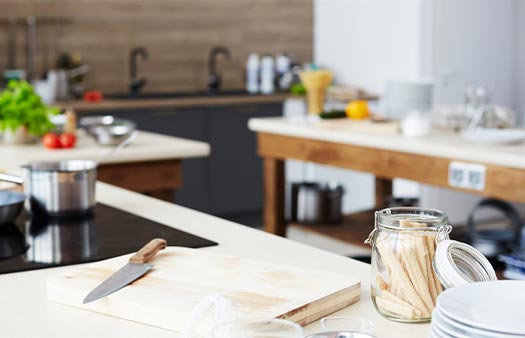
Apart from the above knife safety practices, are there more rules to keep in mind? The answer is yes, so read on to find out this and much more.
- If you have reduced hand function, you should get a knife with an angled handle for enhanced grip. An angled knife helps minimize the risk of slipping.
- Always place a damp cloth below your chopping board to prevent it from slipping while using a knife.
- Don’t use a knife with an oily or greasy handle, as it can easily slip due to poor grip.
- Keep your knife folded or sheathed when not in use.
- Don’t place your index finger on the top of your knife’s blade just to get more grip but keep it folded back.
- The fingertips of your non-dominant hand holding the ingredients should be curled under to minimize injuries.
- If your knife has a retractable blade, always retract it fully after every use and place it in a container labeled knife only.
Knife Safety Rules In The Kitchen For Kids

Want to teach your children how to safely use a knife in the kitchen? Here are simple yet effective tips to help you.
- The first safety rule for kids is to never allow them to use a knife in the kitchen unsupervised.
- Before your kids start using a real knife, buy them a set of nylon knives. This way, they can practice how to safely operate a knife without you worrying about injuring themselves.
- Teach your kids not to reach for something on someone else’s chopping board when holding a knife.
- Educate your children against placing their pointer finger on the blade when cutting ingredients.
- Instruct your kids to keep their eyes on the knife while chopping food items.
- Train your children to roll their fingers back to avoid cutting their fingertips. Their knuckles should act as the guide for the knife.
- Another safety rule is that each kid should use only one knife and a cutting board.
Why Is Knife Safety Important?
Modern-day kitchen knives are a common cause of injuries. If you fail to observe knife safety rules, you are at a greater risk of cutting yourself or others.
In most cases, you end up injuring the non-knife hand or arm.
Additionally, a dull knife may cause strain or sprain injuries. This occurs due to applying extra force when cutting.
Therefore, it is advisable to sharpen your blade regularly.
What Are The Knife Safety Rules In The Workplace?
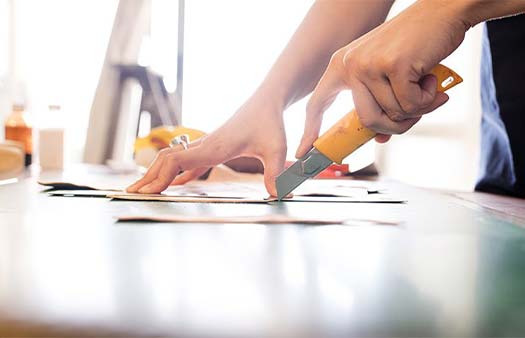
To start with, the employer should provide the workers with safe storage for the blades, like boxes or racks. This will prevent situations where the employees leave the knives lying loose.
As an employer, you should ensure the workers are trained to administer first aid. This is because knife cuts can result in heavy external bleeding.
Additionally, workers should wear the proper protective equipment when handling a knife around their colleagues. They should also report to their superiors for quick sharpening when the blade gets dull.
Further, workers should be prohibited from carrying a knife from one place to another in the hand or pocket.
FAQs
Below, we will respond to frequently asked questions about the various knife safety rules to follow in the kitchen.
Which is the safe way of handling knives in the kitchen?
The safe way of handling knives is keeping your fingertips curled or tucked under the hand holding the food items.
More importantly, you must always keep your knives sharp because using a blunt blade is dangerous.
What is the first knife safety rule in the kitchen?
It is definitely cutting your ingredients away from you or anyone else nearby. This is because your blade could easily slip from your hand and cut you.
When sharpening, cleaning, or drying the knife, you must also follow this rule.
What are the basic knife safety tips for beginners?
There are several tips, such as maintaining a sharp blade and always using a cutting board.
Other safety tips are not waving the knife in the air, yielding from a falling knife, and using the knife away from your body.
Outro
Observing knife safety rules in the kitchen is essential. These practices help prevent many potential injuries.
So, knowing the different safety rules available and teaching them to your kids is vital. More importantly, these rules should be enforced at the workplace.
